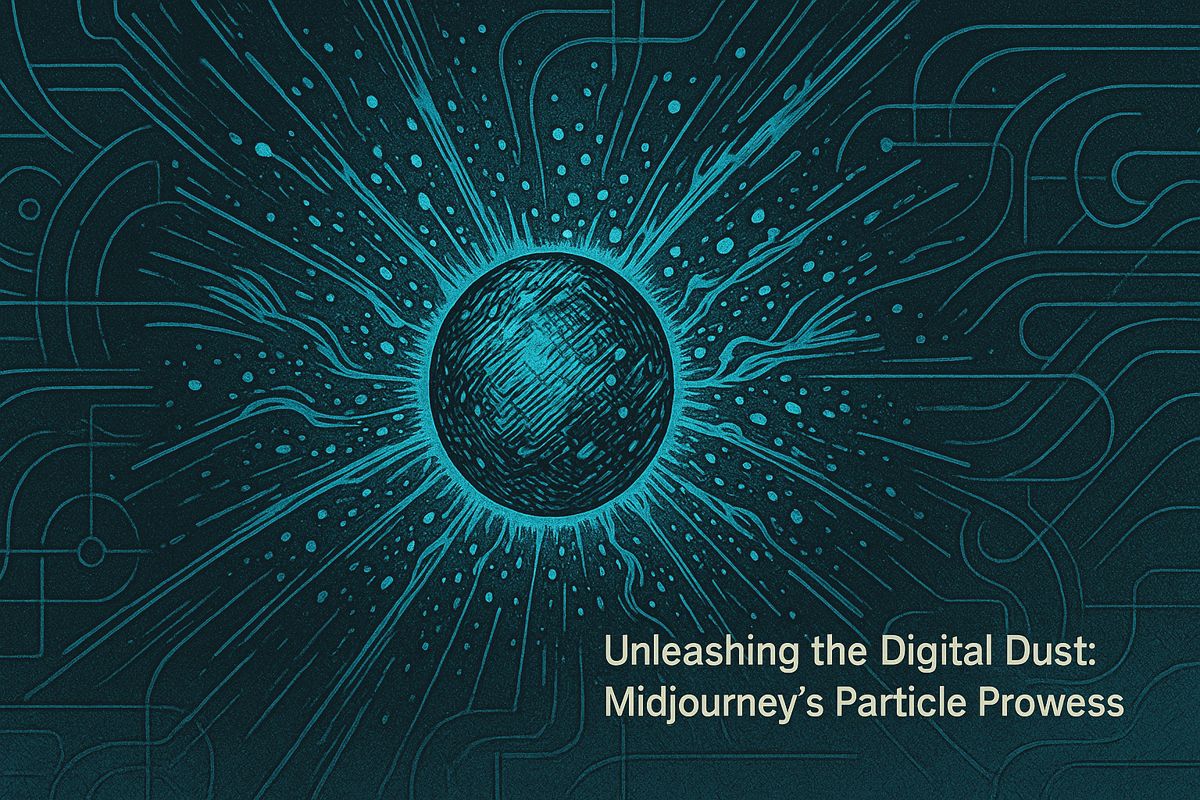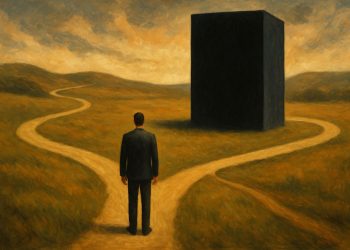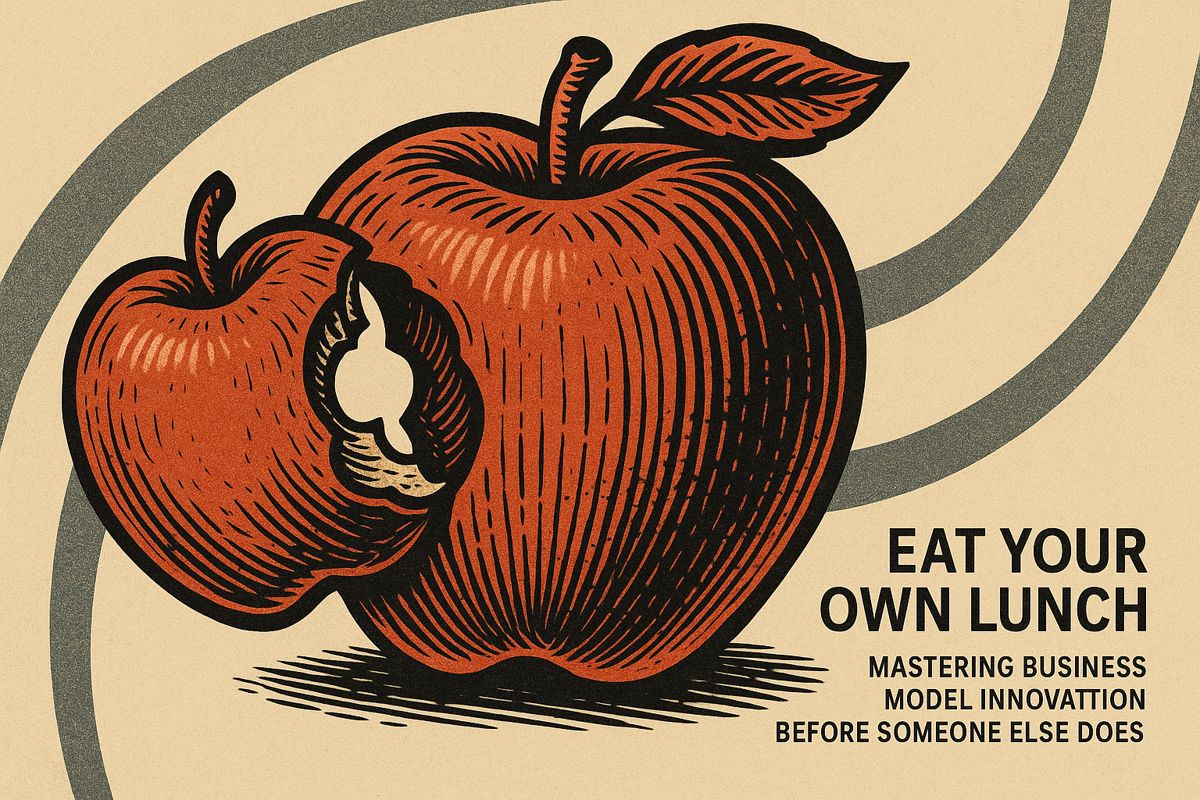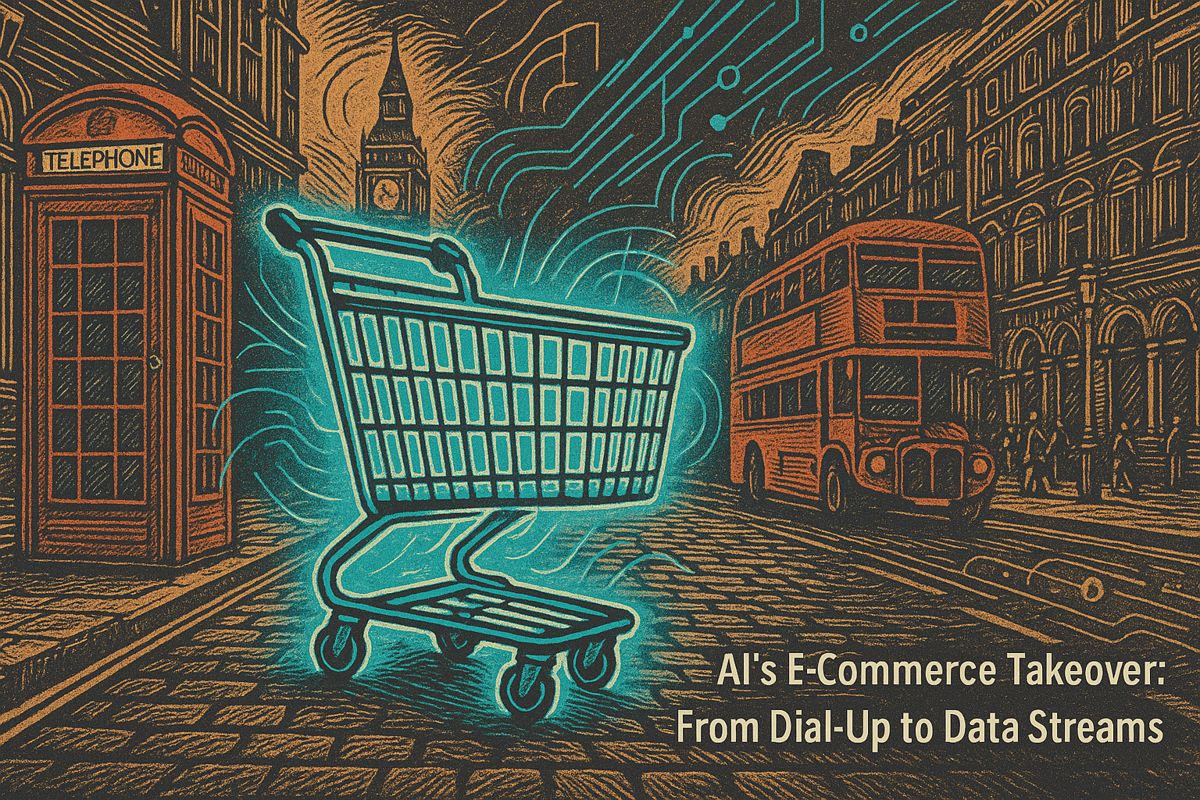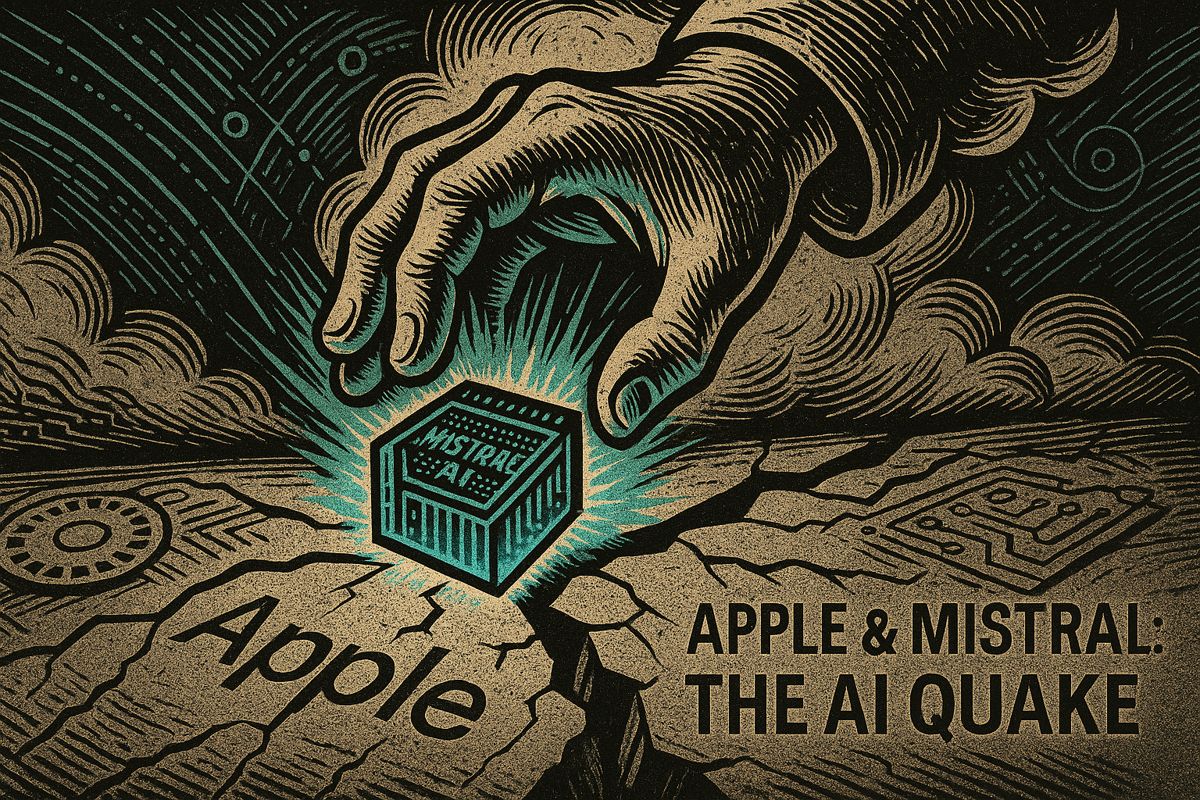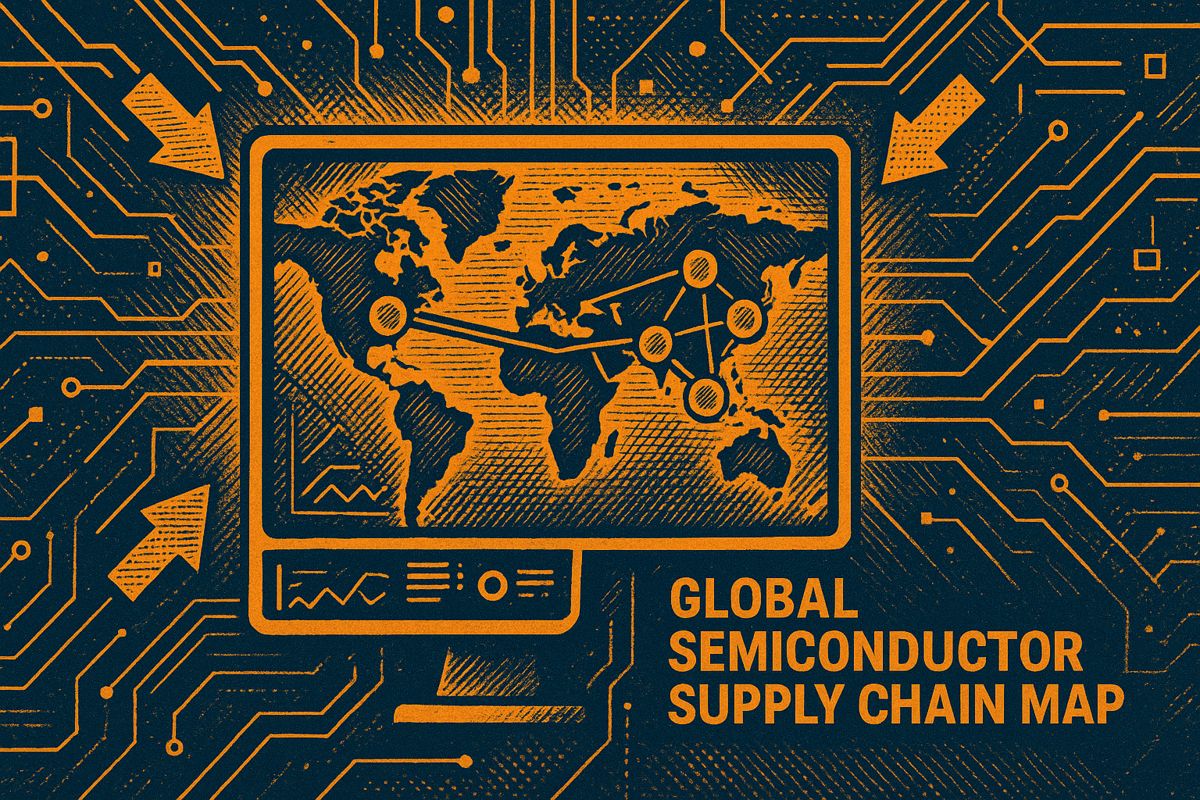Imagine a world where computers can draw smoke and sparks so real, you almost feel the heat! Midjourney’s new AI video tool is making this magic happen, creating amazing particle effects that used to be super hard to code. Now, anyone can make stunning videos with fiery explosions and swirling dust, all with just a few clicks. It’s like having a special effects wizard right in your pocket, making creative dreams come true for everyone.
What is the new era of particle physics in video?
The new era involves AI, specifically Midjourney’s video generation, simulating advanced particle systems like smoke and sparks with unprecedented realism. This technology allows creators to generate sophisticated visual effects previously requiring specialized knowledge, by leveraging AI-driven algorithms and powerful computational resources to mimic complex physics in video.
The Spark That Lit the Fuse
Sometimes, scrolling through X, I get slammed back to those jittery, caffeine-soaked nights squinting at OpenGL documentation. Not long ago, Midjourney dropped a demo clip so fizzy with digital particles and swirling smoke, it triggered a nostalgia migraine—like sniffing burnt solder or hearing the startup chime of a crusty MacBook Pro. You ever try to make smoke look real with code? Trust me, it’s like herding caffeinated spiders. That VFX hackathon I once joined? Our lead nearly lobbed his mouse across the conference hall—every time the simulation threw rogue sparks, another little part of him wilted. Is it just me, or does the word “physics” make your eyelid twitch too?
What’s wild is, Midjourney’s latest update turns this agony into a clickable feature. Their video generation now outputs sophisticated particle effects—smoke, sparks, dust—all slithering and colliding with a logic that looks suspiciously like it came from a physics PhD’s fever dream. The “Power” demo, scored by Suno AI’s original music, fuses sound and image into a synthetic tapestry; you can almost feel the grit bouncing off your retinas. I’m not exaggerating: even on a muted phone screen, those particles have the granular heft of iron filings in your palm.
Anatomy of a Synthetic Storm
Let’s get granular. Midjourney’s video tool simulates advanced particle systems, a task so gnarly that even Nvidia’s CUDA evangelists would break a sweat. The demo’s realism comes from AI-driven algorithms, not hand-tuned code—something that, in my early days, would’ve sounded like science fiction. Paid users can now test-drive these capabilities: “Fast Mode” for mainline access, “Relax Mode” for the patient power-user, and a suite of motion controls—dial it down for gentle haze, or crank it for an explosion of chaos. Add the “–raw” flag, and suddenly you’re Leonardo with a paintbrush trembling at the edge of madness.
Yet, don’t be fooled—this isn’t magic. Simulating millions of particles remains computationally expensive, pushing modern GPUs to their melting point. One ill-timed frame drop? The illusion shatters. Here’s a secret: even with AI, engineers still quietly sweat over memory buffers, z-depth sorting, and the quirks of OpenCL. I once spent three hours debugging a single misplaced decimal in a fluid simulation. Lesson learned: double-check your constants, or your digital ink will slosh right off the canvas. (Ugh, that feeling — dread in the pit of my stomach.)
The Creative Avalanche
So why should you care? Because the tools that once required a studio of specialists—or at least a patient friend with Houdini—is now in everyone’s hands. Brands and solo creators can prototype video campaigns with the flick of a prompt, no particle physics PhD required. Suno’s AI-generated soundtrack wraps the whole package, and suddenly, “content” becomes multisensory, like licking a battery and watching fireworks at the same time. School demos, ad reels, architectural walk-throughs—take your pick. The barriers are dissolving, replaced by sliders and toggles, with the muscle of server farms doing the heavy lifting in the background (hello, AWS).
But let’s not forget the giants we’re standing on. The real revolution began with the pioneers who mapped out ink diffusion and simulated turbulent flows—think SIGGRAPH, think Jos Stam, think the wild minds behind Pixar’s Renderman. Each advance in AI video is a thank-you note to those late-night dreamers who once made virtual dust dance. Sometimes, I wonder—have we traded craft for convenience? Maybe. But sometimes, convenience is the spark that ignites a whole new fire.
References:
https://www.godofprompt.ai/blog/midjourney-2025-v7-timeline-and-video-features
https://www.tomsguide.com/ai/midjourney-video-generation-is-here-but-theres-a-problem-holding-it-back
https://www.midjourney.com
https://docs.midjourney.com/hc/en-us/articles/37460773864589-Video
https://suno.ai
- Daniel

